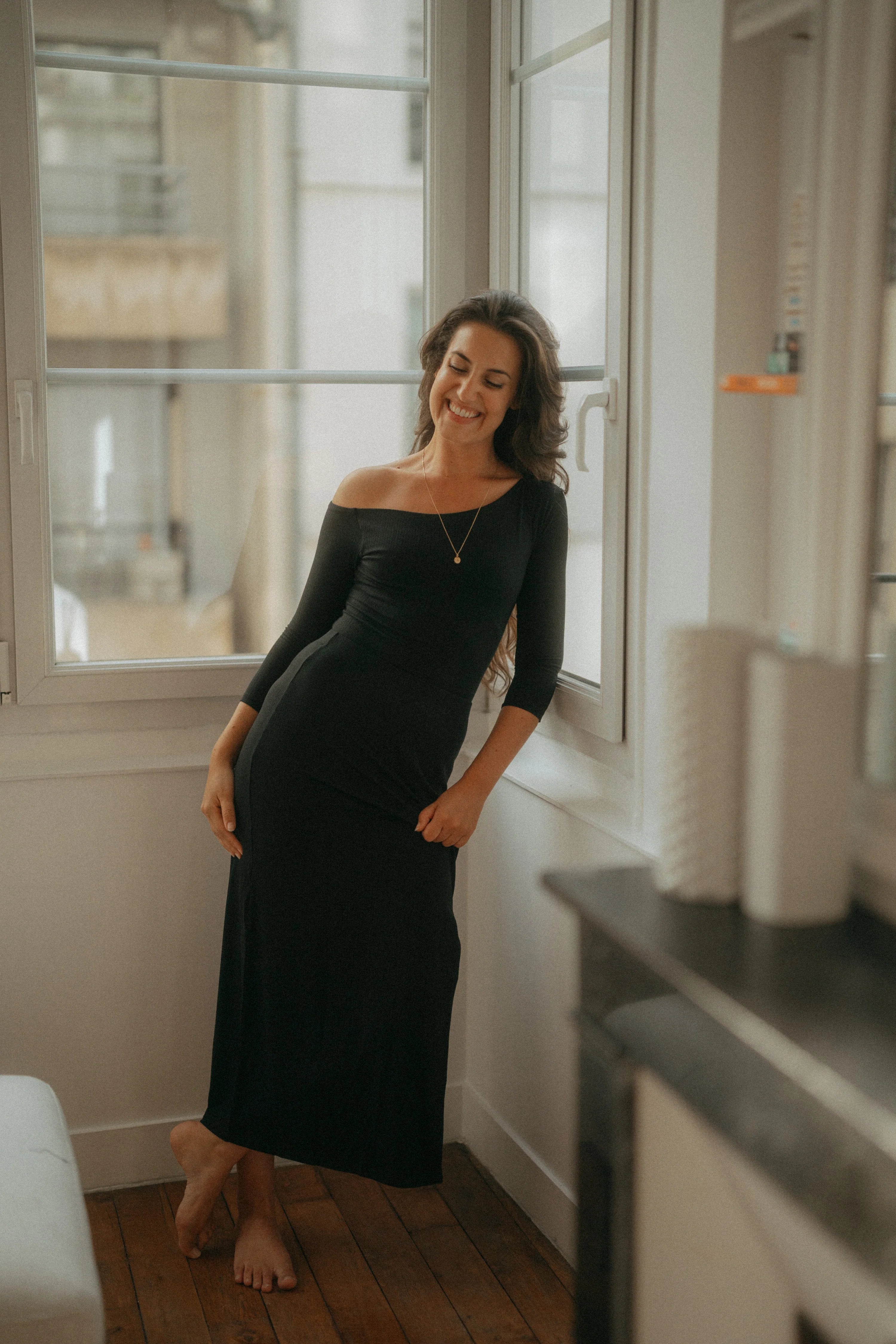The OEKO-TEX® Label

OEKO-TEX® label: all you need to know and more
At Maline, we are committed to imagining beautiful and quality pieces for all swimsuits and other future pieces. Doing it with eco-consciousness is our leitmotif!
What does the OEKO-TEX® label mean? What are the other eco-responsible initiatives that Maline has favored?
Some clothes are harmful to your health. And more particularly those that contain multiple toxic products such as pesticides and/or heavy metals. In response to this reality, the OEKO-TEX® label was created in 1992. This is a certification valid worldwide. This makes it possible to guarantee the consumer complete transparency as to the non-toxicity of the components of the textile, including the dyes.
The OEKO-TEX® label applies to all products, from the raw material to the ornaments. And this, at each stage of the treatment and each time the chemical composition is altered. Note: before the creation of this label, no other existed for the consumer. Also called OEKO-TEX® standard 100, it certifies that the product does not contain any element harmful to your health. To be valid, we perform a number of laboratory tests. Control standards and several specific procedures govern the latter. In any event, the larger the textile surface in contact with the skin, the stricter the controls.
OEKO-TEX® label: human protector
When it comes to fabrics of natural origin, the label changes. Therefore, the OEKO-TEX® standard 100 does not certify that the textile comes from organic farming. Thus, it encompasses everything related to producers, processors and distributors. The consumer can, thanks to the label, be sure of the reliability of the product he buys, both in terms of its non-dangerousness for human beings and in terms of its non-toxicity. In addition, he assures him that the product does not contain any allergenic component.
On the other hand, the OEKO-TEX® label does not certify that the synthetic materials used to make a fabric are manufactured without causing any pollution. Nor even that they themselves are not polluting. In fact, this label aims above all to protect people. It does not fully guarantee environmental protection at present.
Mechelen, partner of suppliers who whisper in the ear of nature
At Maline , we have chosen to work with a fabric supplier that does not stop at the OEKO-TEX® label alone. “Nature has rights and we must listen to them” : such is his credo. And that's pretty good because it's also ours! Among its other eco-responsible commitments, we can mention in particular its desire to:
- Optimize production to reduce waste and polluting residues.
- Certify by clear studies the results and the environmental impact.
- Support international projects aimed at protecting the environment.
- Regularly disseminate enriched information on the diversity of existing eco-responsible solutions.
What's more, our manufacturer only uses electricity from renewable sources. Moreover, it produces a large part of it itself: 10,590,000 kwh per year, enough to power fifteen Eiffel Towers! This is why Carvico 's greenhouse gas emissions are ten times lower than the limits imposed by law. At the same time, 99% of its waste is recycled and reused. In addition, the water is used several times. First, to cool the machines. Then to rinse the fabrics after their manufacture. Finally, it is cleaned and purified before being discharged into the Brembo River.
Where do the components used by our supplier come from?
Carvico's manufacturing process for its recycled and recyclable fabrics, then used by Maline to create swimwear, is part of the same perspective. Thus, our supplier works with Healthy Seas , an initiative with a single goal: to clean the oceans of pollution. This approach includes the recovery of ghost fishing nets. They are deadly to all aquatic flora and fauna. And consequently, for all other terrestrial species. For you, for them, for all of us.
Since 2013, volunteer divers working with Healthy Seas have recovered over 510 tonnes of fishing nets. Or the cumulative weight of four blue whales. This recovered waste is then transformed into ECONYL® fiber, then into fabric. It is the latter that Maline uses to make our swimsuits. But the journey from waste to clothing does not stop there! Indeed, once your swimsuit has given up the ghost, we are currently working on finding the best recycling option so that you have the possibility of returning it to us so that we can give it a third life.
Welcome to the circular economy: the one that sublimates our world and the planet!



